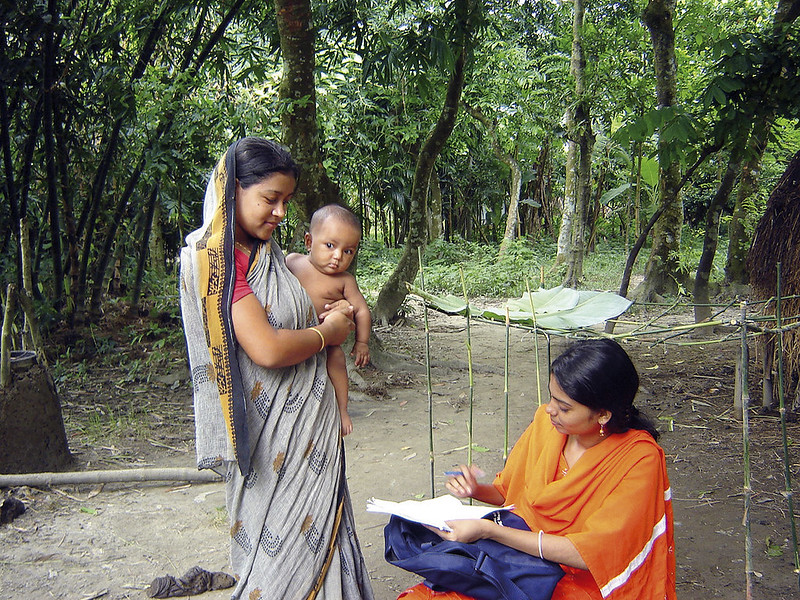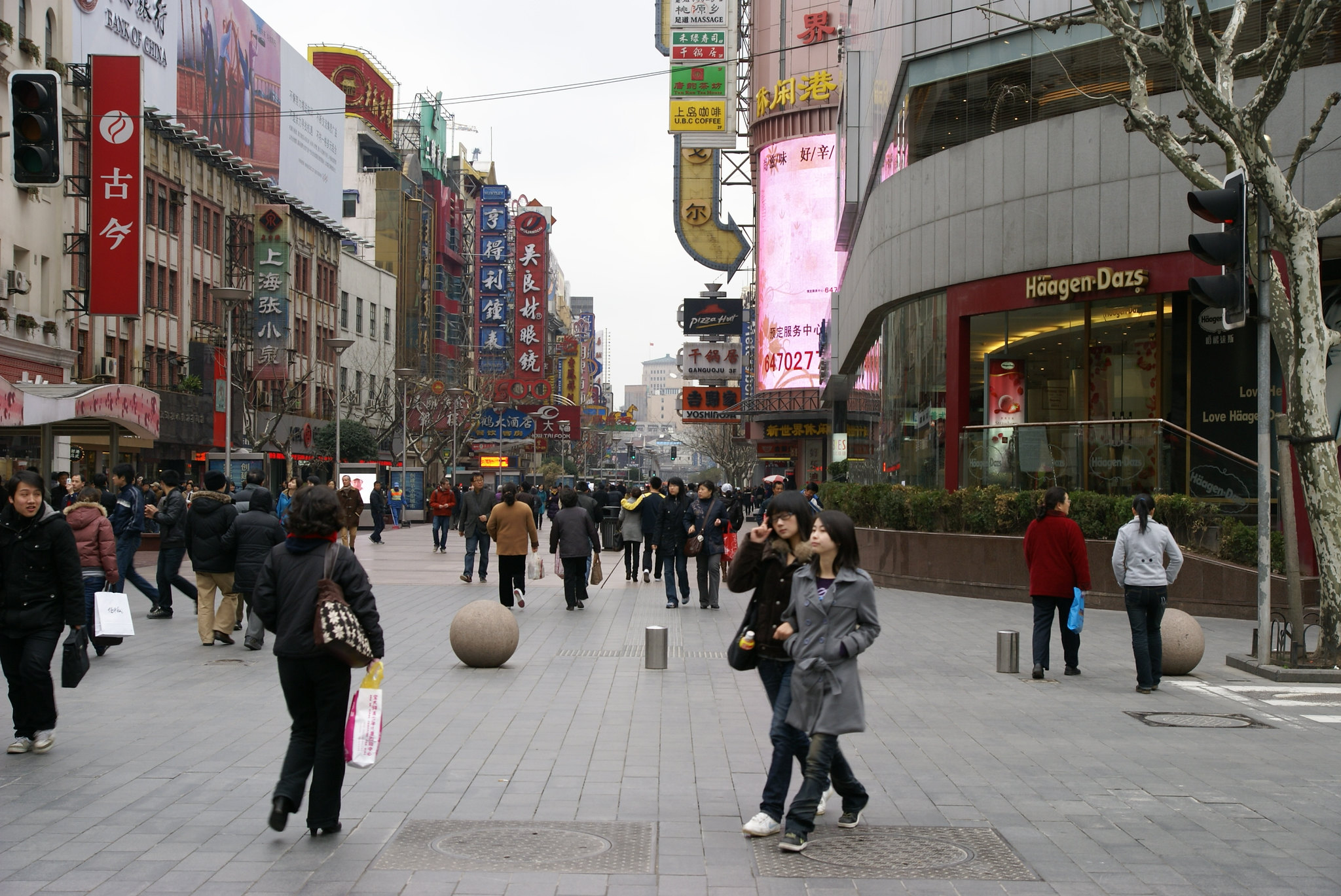In a new article in World Development, Gregg Huff shows the importance of land and labour surpluses in understanding rapid growth in Southeast Asia during two periods of globalization, the first from 1870 and stretching to 1929 and a second beginning in 1970.
He summarises the article Vent-for-Surplus in Southeast Asian Development since 1870 below.
The importance of surpluses in Southeast Asian economic development is seldom, if at all, appreciated. Small, open economies like Southeast Asia’s, during long stages in their economic histories, must rapidly increase exports if they are to register swift growth. Export-led growth, defined as exports outpacing GDP, has had this role during two main periods over the last 150 years. Both periods are linked, on the demand side to globalization, and on the supply side to surpluses. Rapid, sometimes stellar, growth in the main Southeast Asian countries—Burma (after 1989 Myanmar), Thailand, Malaysia, Singapore, the Philippines and the Indochinese countries of Vietnam, Cambodia and Laos—is best explained by their scope to draw on some combination of surplus land and/or labour.
Globalization occurred at unprecedented rates between 1870 and 1913 and again after 1970. In each, demand came chiefly from the United States and Western Europe. In each, demand was facilitated by an enhanced linking together of the world economy through innovations in transport and communications. During the first globalization period, these were the completion of the Suez Canal and Union Pacific railway in 1869, the replacement of sailing ships by steam, the telegraph and the opening of the Panama Canal in 1914. In the second, key were much larger and new types of ships, air transport and the internet.
In neither of the two globalization phases was Southeast Asia responsible for the innovations that facilitated demand. And yet in each the region could mobilize surpluses to make the products demanded by Western countries. In the initial phase, which in some countries stretched until the end of the 1920s, the region exported four principal commodities—rice, rubber, tin and sugar—demanded by the world economy. To produce these, Southeast Asia mobilized abundant, frontier land as well as unemployed or underemployed workers who migrated from other parts of the region or from labour surplus India and south-eastern China. The latter were Lewis’ highly elastic labour supply: the ‘unlimited supply of Indians and Chinese willing to travel anywhere to work on plantations for a shilling a day’ (W. A. Lewis, Evolution of the international economic order, p. 15). Although Southeast Asian countries grew rapidly by the standards of the time, they developed, Indonesia apart, as mono-economies and had little industry.
By the 1970s, Southeast Asia’s factor endowment changed from abundant land to a superfluity of labour after the exhaustion of frontier land and swift post-World War II population growth. The region now had the opportunity of surplus labour. Its comparative advantage lay in labour-intensive goods. By this time, too, labour surpluses in developed Western countries had dried up and multinationals began to scour the world for cheap (low wage but efficient) labour.
Southeast Asia grew at historically unheard of rates by using its labour surpluses to become a component of global supply chains organized by multinationals to manufacture and assemble electronic components as well as goods like garments and footwear. Although the region was, once again dangerously specialized, its attachment to multinationals could be likened, as Lee Kuan Yew observed of Singaporean growth, to hitching a ride on an escalator.
Growth, again led by exports, transformed the region from the larger share of GDP coming from industry, not agriculture. Rapid industrialization fuelled high real growth rates, typically 5% to 6% as decade-long annual averages, and because growth tended to be episodic, often in spurts well above these rates. Between 1964/66 and 2008/10, real GDP per capita at least tripled or more in almost all of Southeast Asia.
Beginning about 2010, the early Southeast Asian industrializers of Singapore, Malaysia and Thailand have run into problems. One reason is that globalization has slowed or gone into reverse. Second, in the early industrializers labour surpluses no longer exist unless these countries import migrant workers from elsewhere in Southeast Asia. Birth rates have slowed with a progression of the demographic transition. A continuation of this transition to falling birth rates and an aging population with its higher dependency ratios cuts into savings rates and so capital accumulation as a source of growth.
For the first time in decades, growth since 2010 in Singapore, Malaysia and Thailand has not been export-led. It still is, however, in Vietnam, Cambodia and Laos which can call on labour surpluses. Singapore, Malaysia and Thailand have turned towards importing migrant workers from elsewhere in Southeast Asia to replace earlier labour surpluses. But this is not a solution.
None of the migrant labour importers has succeeded in moving from this dependence and replacing exports through generating TFP growth as a new source of expansion. They need to find a way to achieve this. A migrant-import dependence depresses wages for non-migrant domestic workers at the low end of the wage scale and fosters inequality. Singapore, a spectacular early grower, already has a developed country income. However, on the basis of 2010 to 2019 growth rates and 2019 per capita incomes, Malaysian per capita income would match that of the United States in 82 years and Thailand’s per capita income would equal the United States’ only in 192 years.
The views expressed in this post are those of the author and do not reflect those of the International Development LSE blog or the London School of Economics and Political Science.
Featured image credit: Electronic board via Free Images.





